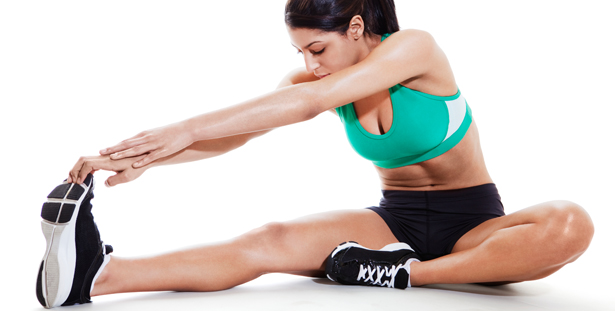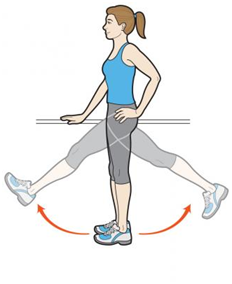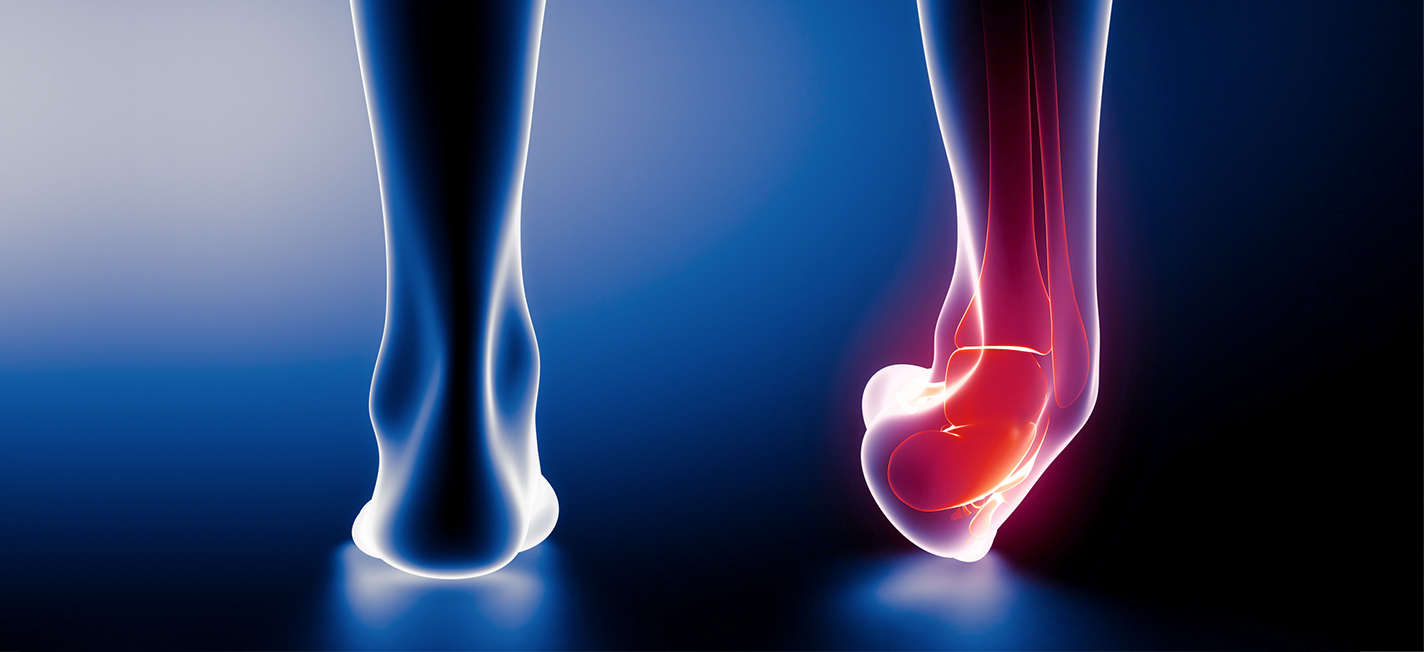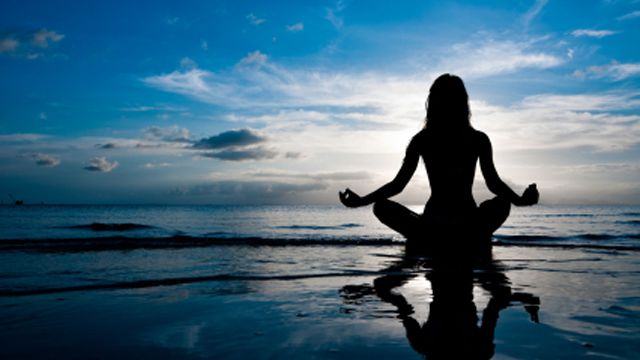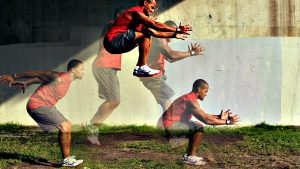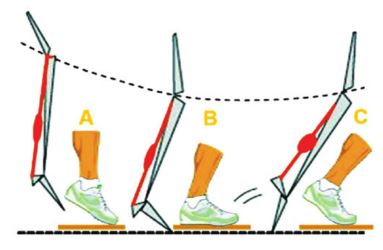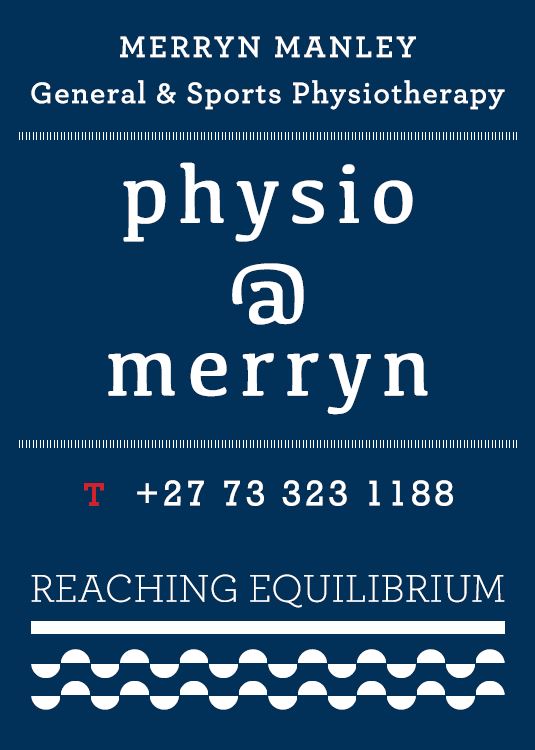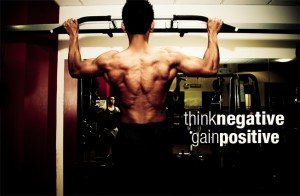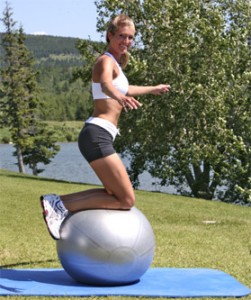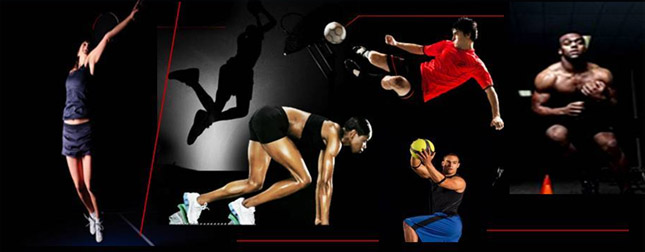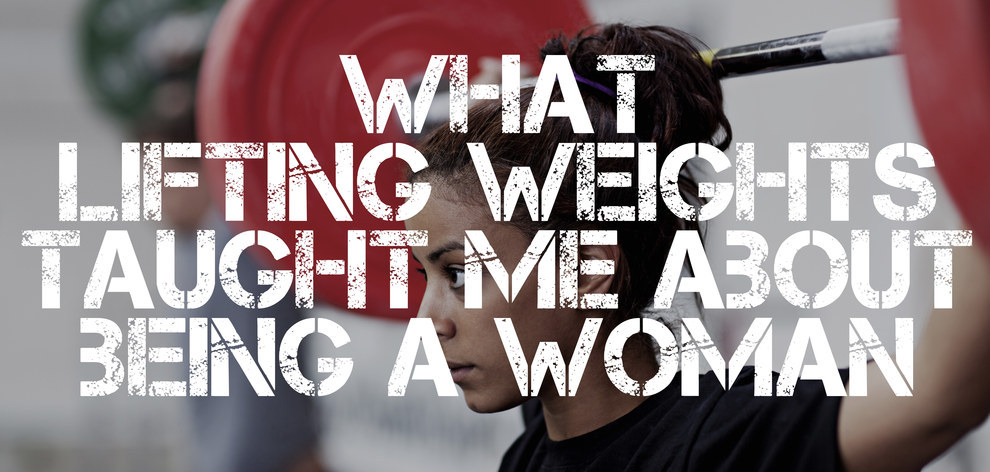Static Stretching – should it be included in a pre-exercise warm up
Posted on January 19th, 2017 by Andries Lodder
Stretching is a form of physical exercise during which a muscle or tendon is deliberately flexed or stretched in order to improve the muscles elasticity, range of motion and control. There are different types of stretching such as ballistic, dynamic and static stretching. Before strenuous exercise or sports performance, a warm up needs to be done to minimize injury and enhance performance. This warm up traditionally includes submaximal aerobic activity, static stretching and sports specific activities. However, recently the benefits of pre-exercise static stretching have been called into question as there have been reports of a significant reduction in force and strength production in muscles after the stretching has occurred.
The initial length of the muscle has a strong influence on the amount of tension that the muscle is able to produce. As the length of the muscle increases, so the active tension and force production of the muscle also increases. However, this only happens to a point. Once the muscle has stretched past its optimum length, the active tension that it can produce declines and so the maximum force it can produce also decreases.
How the duration of a stretch affects the muscle performance
Like with other exercises and movements a static stretch can be held for varying duration and intensities. According to research, stretches that are held for less than 30 seconds or less have little to no impact on force and power production. However studies done to determine the effects of a stretch held for 60 seconds or longer found the opposite to be true. It was found that stretches that were held for 60 seconds or more had a detrimental effect on the muscles ability to produce maximum force.
During a study on athletes who held quadriceps stretches ranging from 1 to 4 minutes, it was found that the longer the stretch was held the greater the deficit in performance. There is strong evidence behind the claims that a stretch held for 60 seconds or more has an impact on performance.
So what is the alternative?
Dynamic stretching
Unlike static stretching dynamic stretching involves active movements that bring about a stretch but the stretch is not held in the end position or for any length of time. A study was done in the Department of Physical Therapy of Wichita State University which investigated individual’s performance in a vertical and long jump test, after static stretching, then dynamic stretching and finally no stretching at all. The results of this indicated that dynamic stretching improved participant’s performance, while static stretching had a negative impact.
A lot of the research has been done looking into the effects of static stretching’s on performance. The reason why stretching in general is necessary before exercise is to help mobilising the muscles, increase range of motion, decrease the risk of injury and increase the blood flow to the working area. All of these aspects can be achieved through dynamic stretching and so before exercise and performance dynamic stretching should be included in the warm up. Static stretching should be left for after exercise during the cool down phase. By removing it from the warm up and replacing it with dynamic stretching there is no risk to it impacting performance as it is not being performed in any way.
An athlete’s warm up should still include sub maximal aerobic exercise, then they should perform dynamic stretches such as and finally they should do sport specific exercises to help with specific techniques needed in their performance.
Static stretching has advantages such as improving flexibility and decreasing muscle soreness and so it should be performed. However with no clear cut results into exactly why and when it will decrease performance it should not be performed during the warm up. Instead dynamic stretching, which has not produced results indicating decreased performance, should be performed and static stretching saved and performed during the cool down. During the cool down there are no risks of it impacting performance and so it can be performed for as long as needed and at whatever intensity suits the individual.
